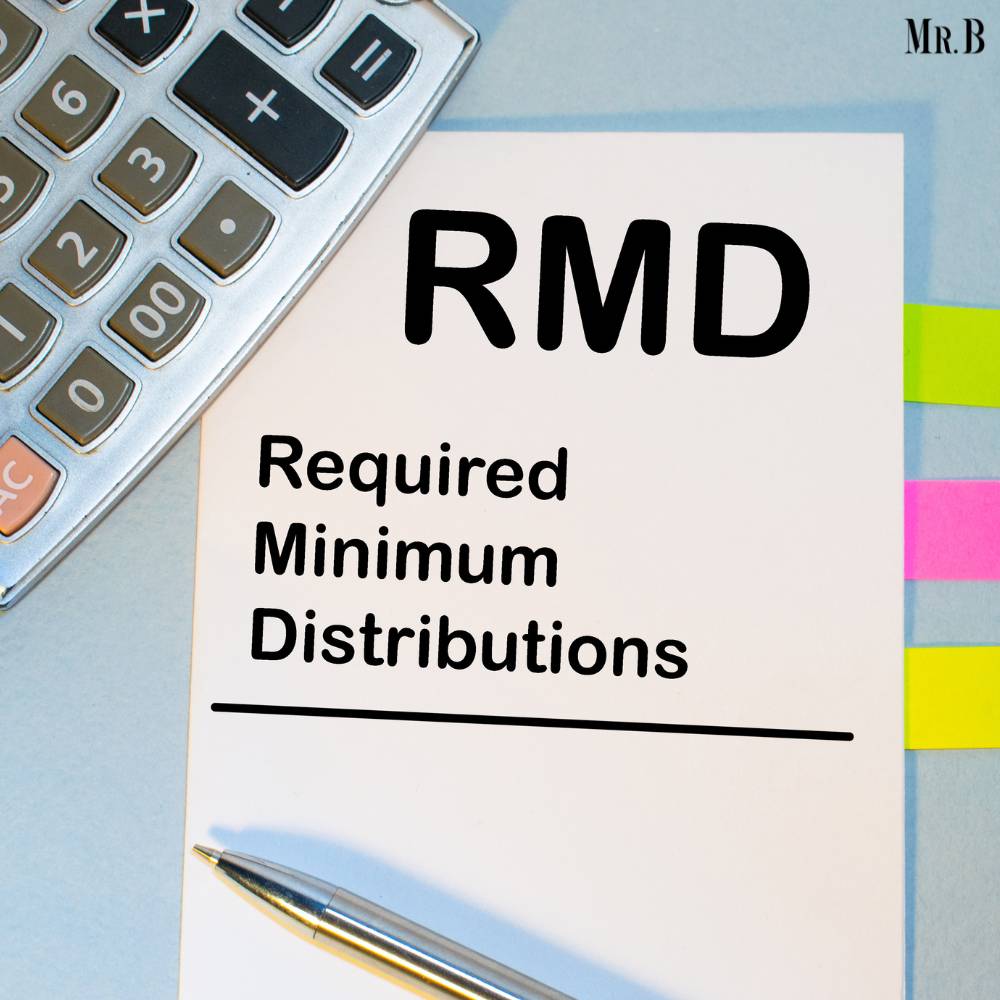The Essentials of Retirement Plan RMDs
- Category: News

Traditional Individual Retirement Accounts (IRAs) and employer-sponsored retirement plans such as 401(k)s offer the advantage of tax-deferred growth over the years. However, this benefit comes with an eventual obligation to pay taxes. Required Minimum Distributions (RMDs) come into play, necessitating withdrawals from retirement accounts each year to ensure taxation on previously untaxed savings. The rules governing RMDs have undergone two recent changes: first, with the SECURE Act in 2019, which raised the starting age for RMDs from 70½ to 72 in 2020, and secondly, with the SECURE 2.0 law in 2022, pushing the threshold to either age 73 or 75, depending on specific circumstances.
Rules of RMD:
The initial RMD must be taken by April 1 of the year following the designated starting age, and subsequent RMDs must be withdrawn by December 31 each year. Opting to delay the first RMD until April 1 results in two distributions in the second year. While Roth IRAs are exempt from RMDs, inherited Roth IRAs require them.
Missing an RMD incurs a tax penalty of 25% of the amount due, reduced from the previous 50% penalty before the SECURE 2.0 law. This penalty decreases to 10% if the missed RMD is compensated within two years. A penalty waiver can be requested by filing Form 5329 with the tax return.
IRS Calculation:
Withdrawals can be taken from any IRA account, with the exception of specific RMDs from employer-sponsored plans like 401(k) or 403(b). The RMD amount is determined by a complex Internal Revenue Service (IRS) calculation based on age and life expectancy, reflecting the IRS’s goal of distributing retirement funds over an individual’s lifetime.
MASSIVE Changes to RMDs: Retirement Plan
The percentage of the RMD is influenced by age; for example, an 80-year-old with $100,000 in retirement accounts subject to RMDs might have an RMD of about $5,000, approximately 2.5% of the total investment. Financial service firms managing IRAs can provide guidance on RMD amounts and options for receiving funds, including tax withholdings. It is recommended to withhold at least 20%, or more for those in higher tax brackets.







